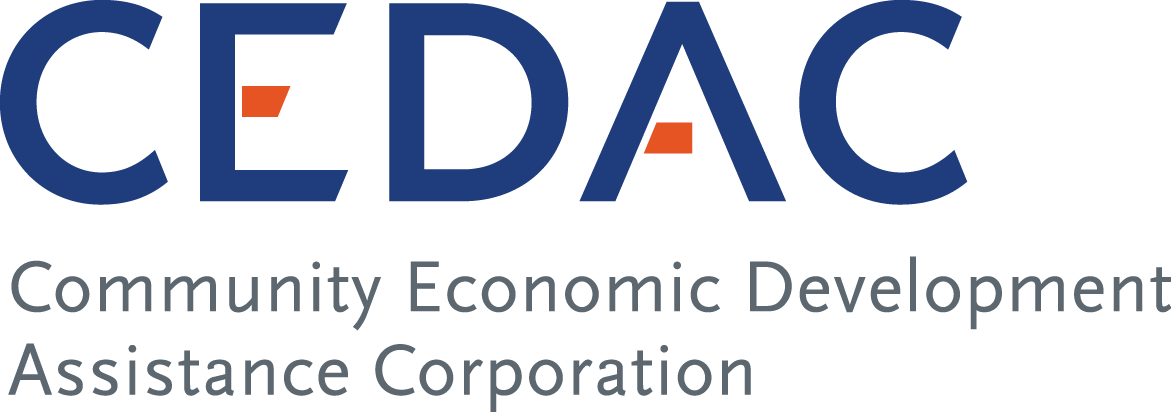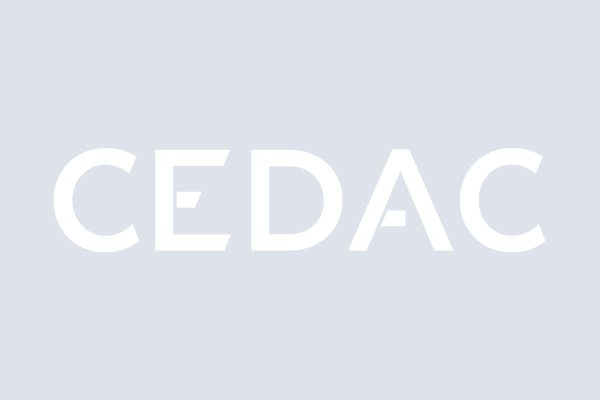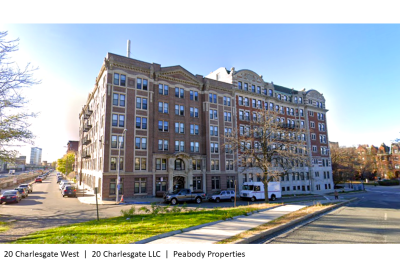In February, Roger Herzog described CEDAC’s long history of supporting our non-profit partners as they produce and preserve supportive housing units through three distinct capital programs, including the Facilities Consolidation Fund (FCF). FCF was created in response to an advocate-driven effort to close institutions serving Department of Mental Health (DMH) or Department of Developmental Services (DDS) consumers and transition services to community-based settings. FCF is somewhat unique in that it can be used by developers to produce two distinct models of housing.
The first model is referred to as integrated housing, where a small number of FCF units, often studios or one-bedrooms, are included within a larger rental development. The residents living in these units tend to be fairly independent and may only need limited services. Most FCF integrated units serve DMH consumers. The second model is the group home. Group homes are designed as single-family homes for four or five DDS or DMH consumers. A designated service provider (a non-profit service agency with a DDS or DMH contract) assists residents on-site with the activities of daily living and coordinates all necessary care.
Group homes have evolved since the creation of the FCF program in 1993 to serve a growing number of specific populations, including individuals with Acquired Brain Injuries (ABI), Prader-Willi syndrome, and autism spectrum disorders. Historically, it has been the service provider that has played the role of group home developer. Recently, however, several Community Development Corporations (CDCs) and other non-profit developers have chosen to expand their mission into group home production by partnering directly with service providers.
The FCF program is celebrating a special anniversary – 25 years – in 2018. Since the program was established in 1993, CEDAC has provided underwriting and loan management services to the Department of Housing and Community Development (DHCD). To mark this milestone, we wanted to offer our blog readers a few important facts they may not know about group homes and FCF:
1. Applications are accepted on a rolling basis
When used for group home development, FCF does not require the developer to apply via a competitive funding round unless the developer seeks other DHCD resources. CEDAC accepts pre-applications for FCF group homes at any time of year and has created a streamlined process for reviewing them. As a result, we have a robust and efficient group home development pipeline that can commit capital to projects outside of DHCD’s funding rounds.
2. There are design guidelines for group homes serving DDS consumers
CEDAC, DDS and DHCD have developed a comprehensive set of design guidelines to facilitate aging in place and help our FCF borrowers create a built environment that is the most conducive in meeting the needs of DDS consumers as they grow older. The design guidelines also promote cost control to maximize the number of group homes financed through FCF. The guidelines outline criteria for new construction and rehabilitation and are available on CEDAC’s website. New group homes serving DMH consumers are very rare and do not have specialized design guidelines.
3. Group homes can typically be financed solely with FCF and a conventional mortgage
Because of the unique design of group homes, development costs are lower on a per-unit basis than larger rental projects. FCF can cover up to 50% of the total development costs for a group home, significantly reducing the amount remaining to be financed. Group home developers can cover the remaining costs through conventional permanent debt, often from a local bank. Many communities in the past have also provided local resources, such as those from the federal HOME Investments Partnership Program or the Community Preservation Act (CPA), to group home developers.
4. Group homes can easily comply with zoning requirements
Group homes typically serve extremely or other low-income individuals and therefore are often an excellent way for a community to address the need for supportive housing to assist disabled residents. The majority of group homes are designed as ranch-style, single-family homes and as a result, they typically comply with most municipalities’ single-family zoning ordinances. Depending on the location, there may be specific zoning for group homes, or zoning relief available for affordable housing uses.
5. Group homes create a community-based environment for successfully aging in place
CEDAC’s 2015 annual report featured a story (see page 26) about one of our non-profit borrowers, the Corporation for Independent Living (CIL), and their partnerships with two service providers. Using the FCF program, CIL produced two high-quality group homes serving DDS consumers, including Gerry. In the community-based setting of the group home, Gerry’s increased socialization with other residents led to a noticeable decrease in behavioral issues. Gerry’s success emphasizes the importance of designing high-quality group homes that allow for aging in place.
As always, CEDAC is here to answer any questions you have about FCF and group homes. We’ve put together a handy tip sheet that can be used as a starting point to understand the application process. We can also put you in touch with our partner agencies, DMH and DDS, whose early input and support is critical to ensuring a feasible project. We are proud to support this wonderful housing resource and look forward to celebrating many more anniversaries to come. Please contact us for more information.







